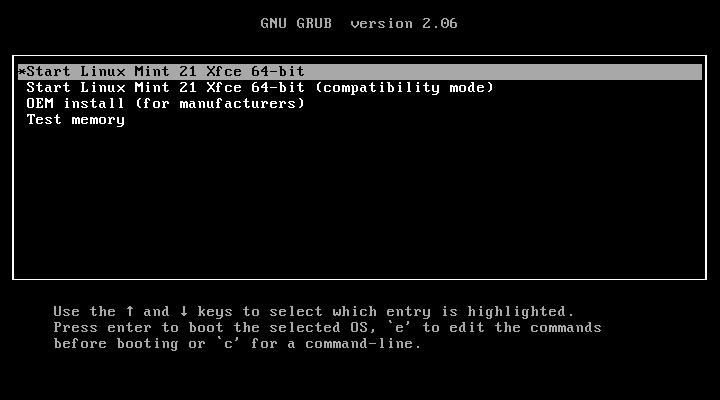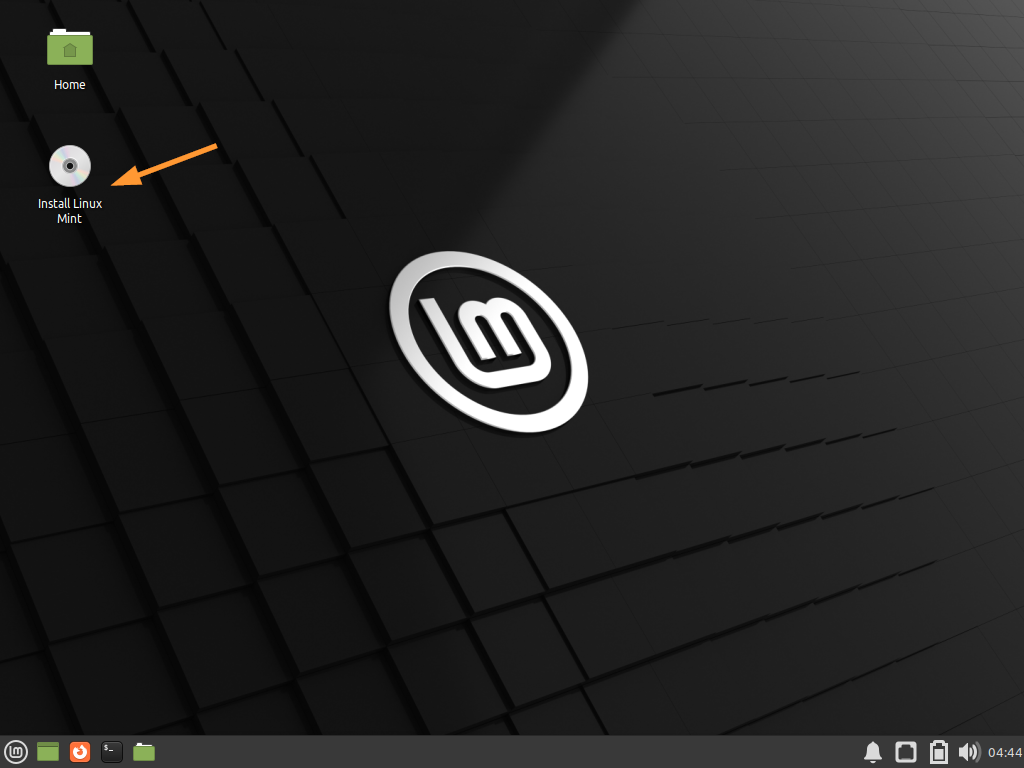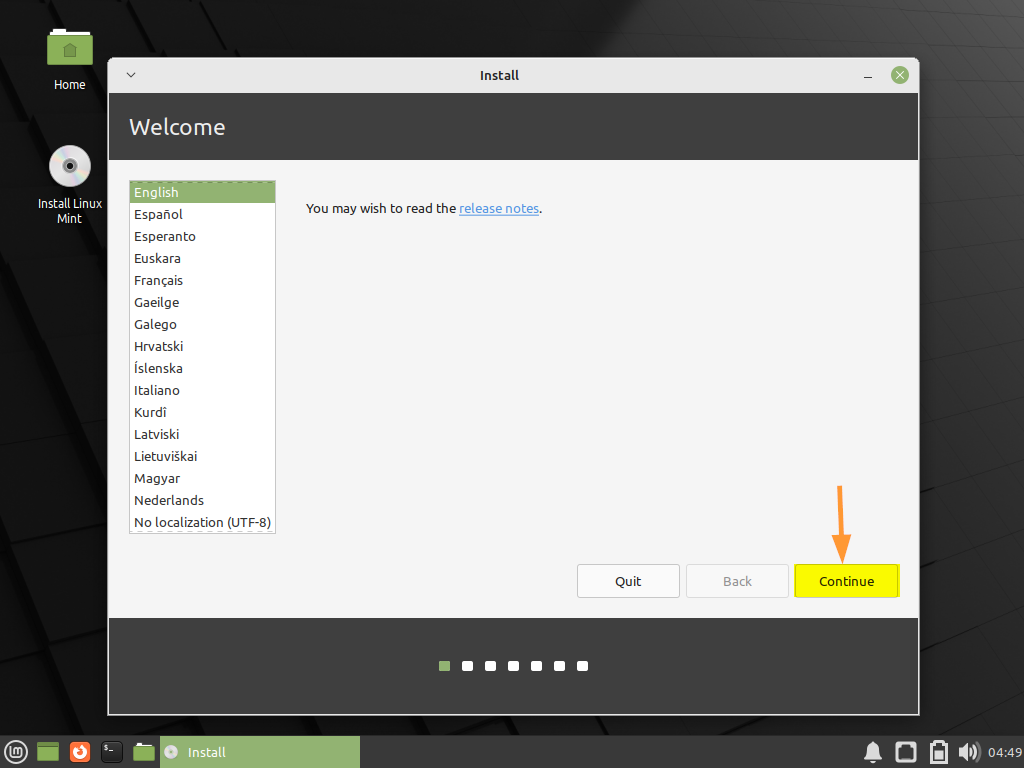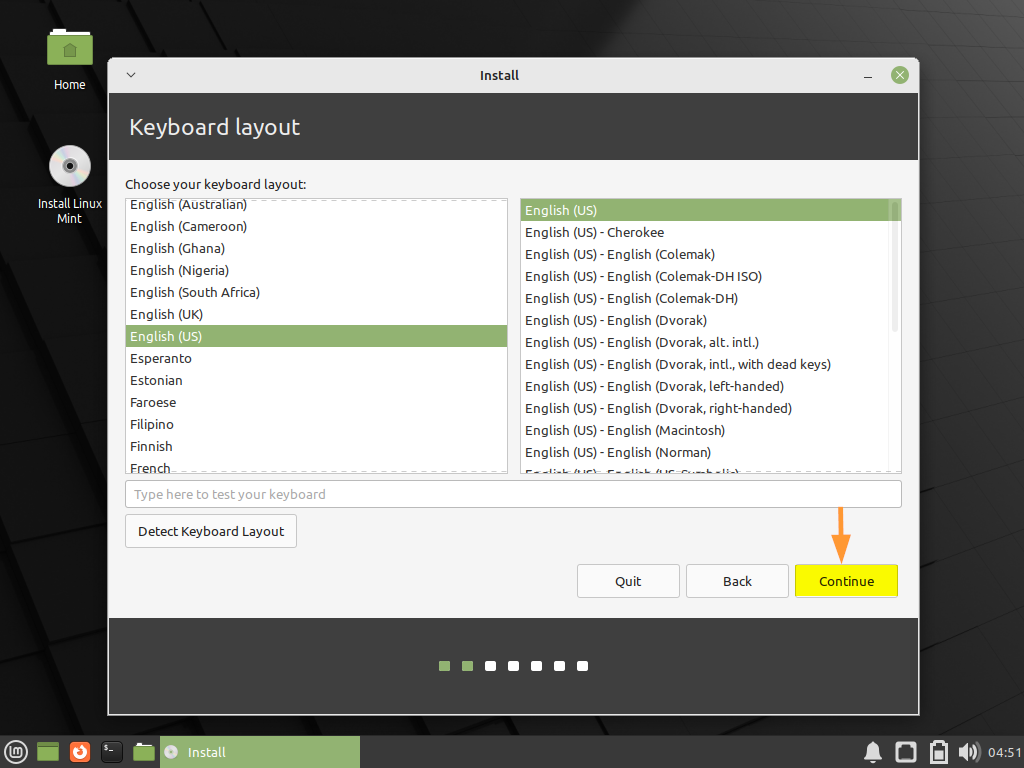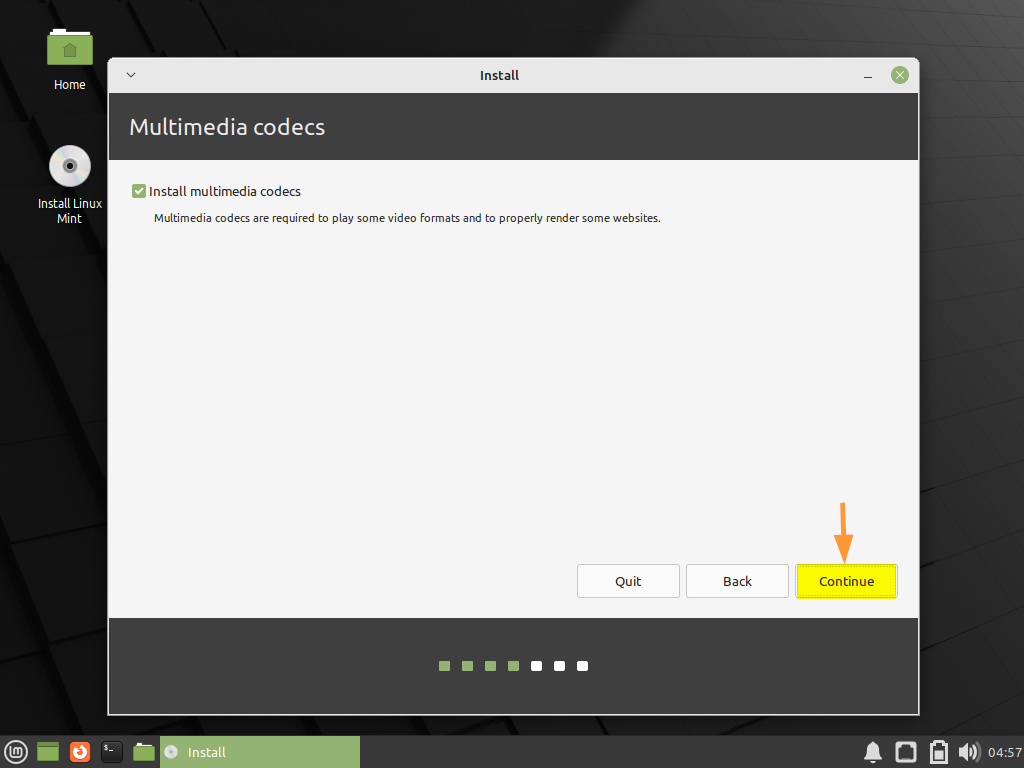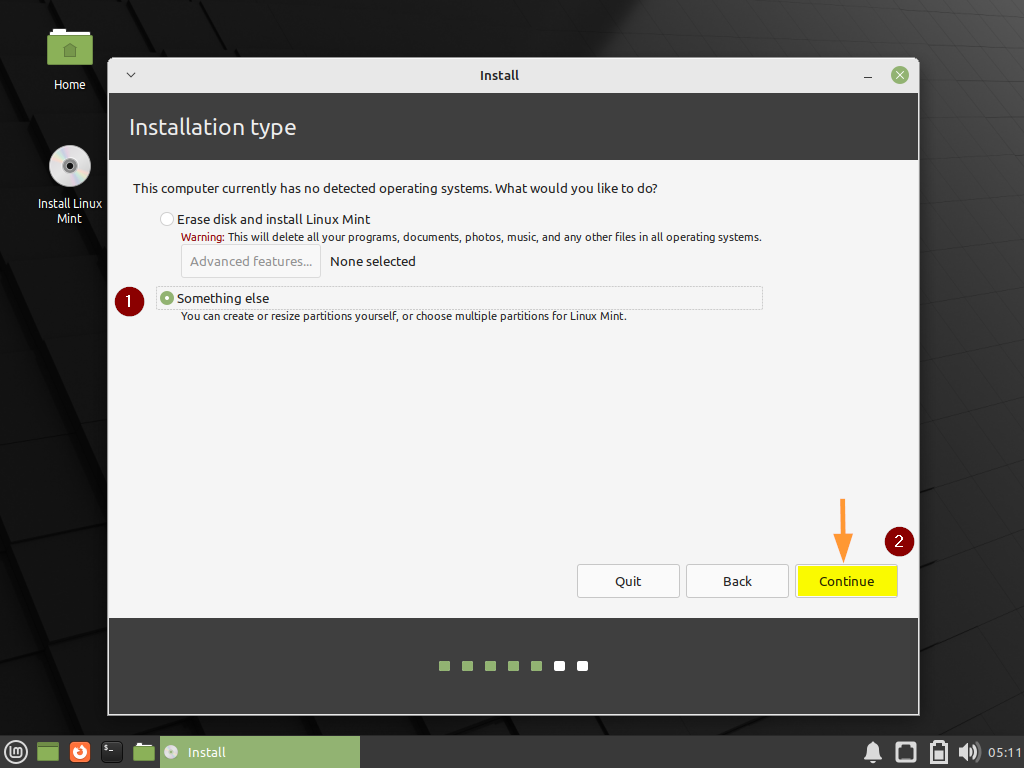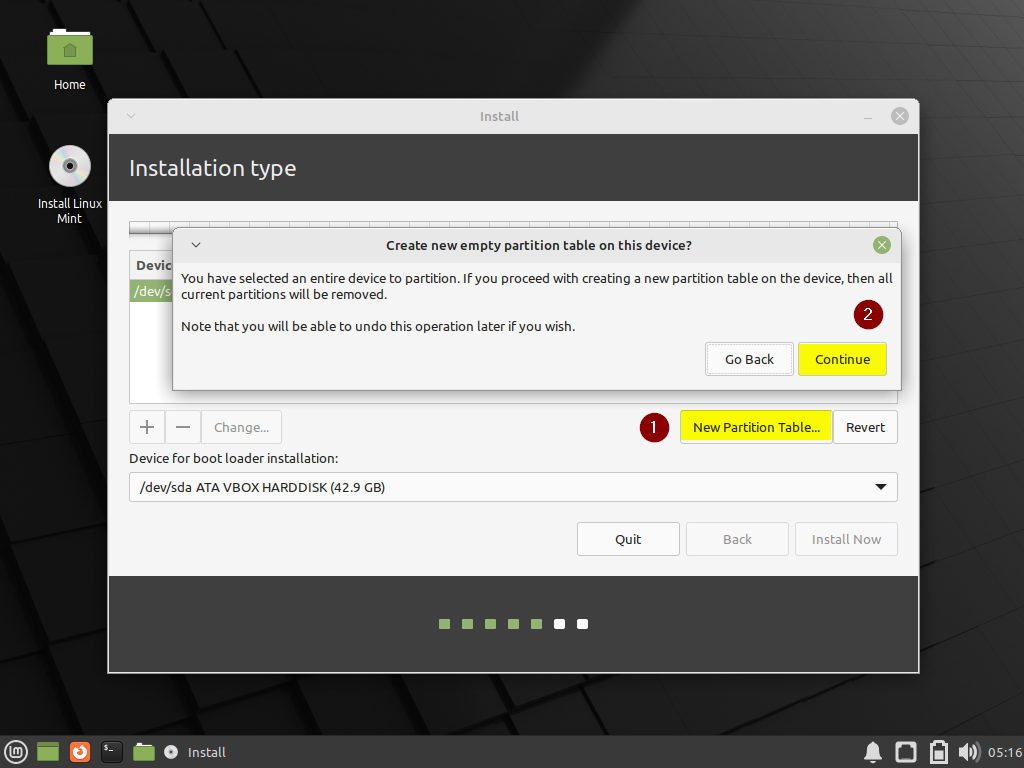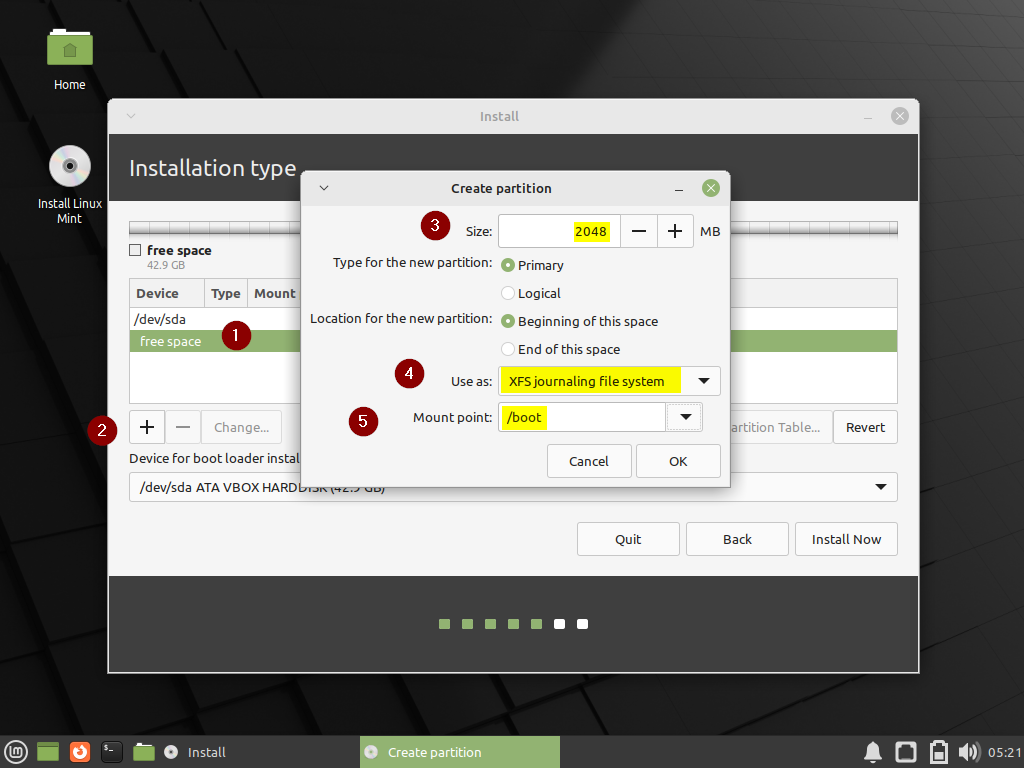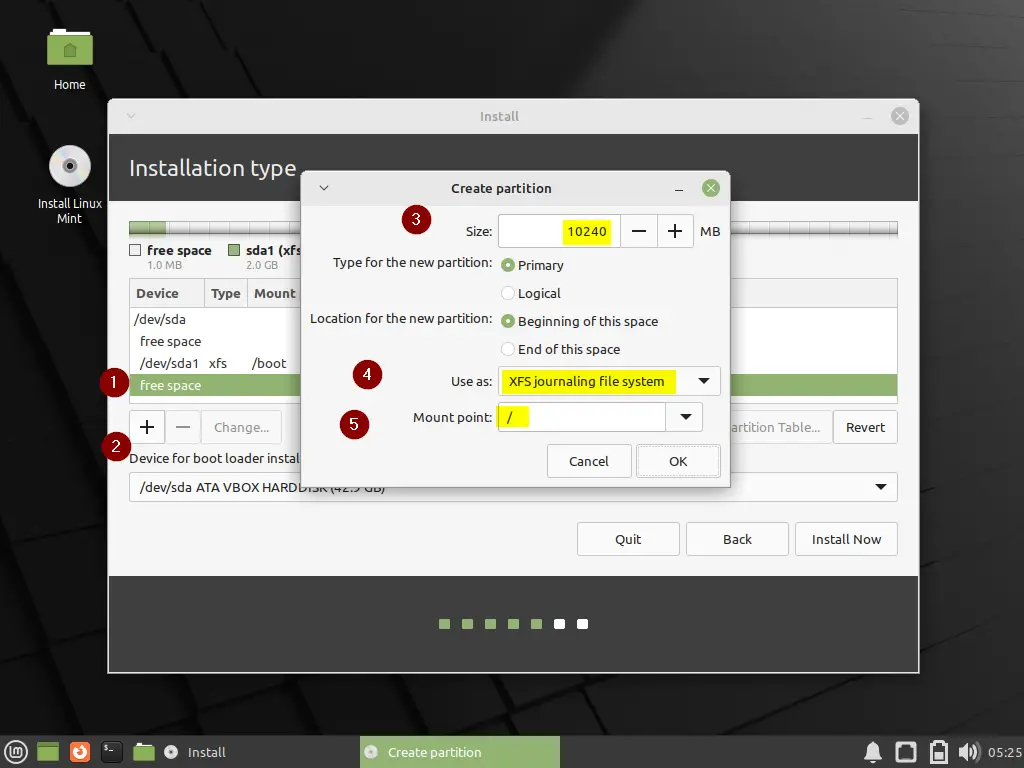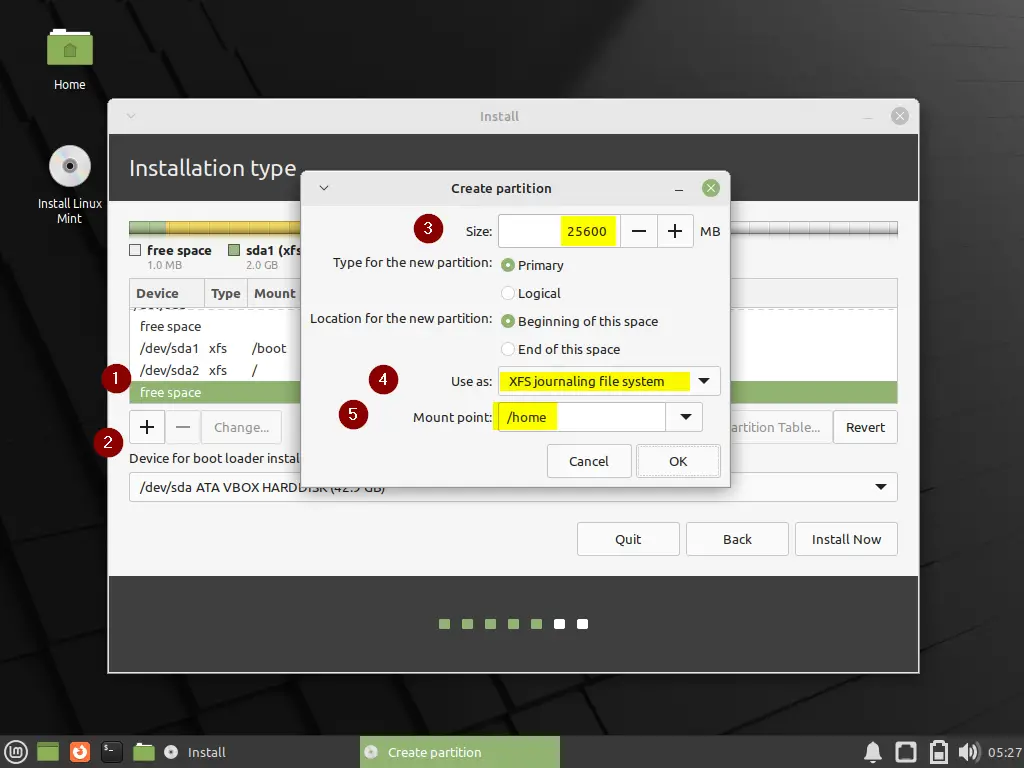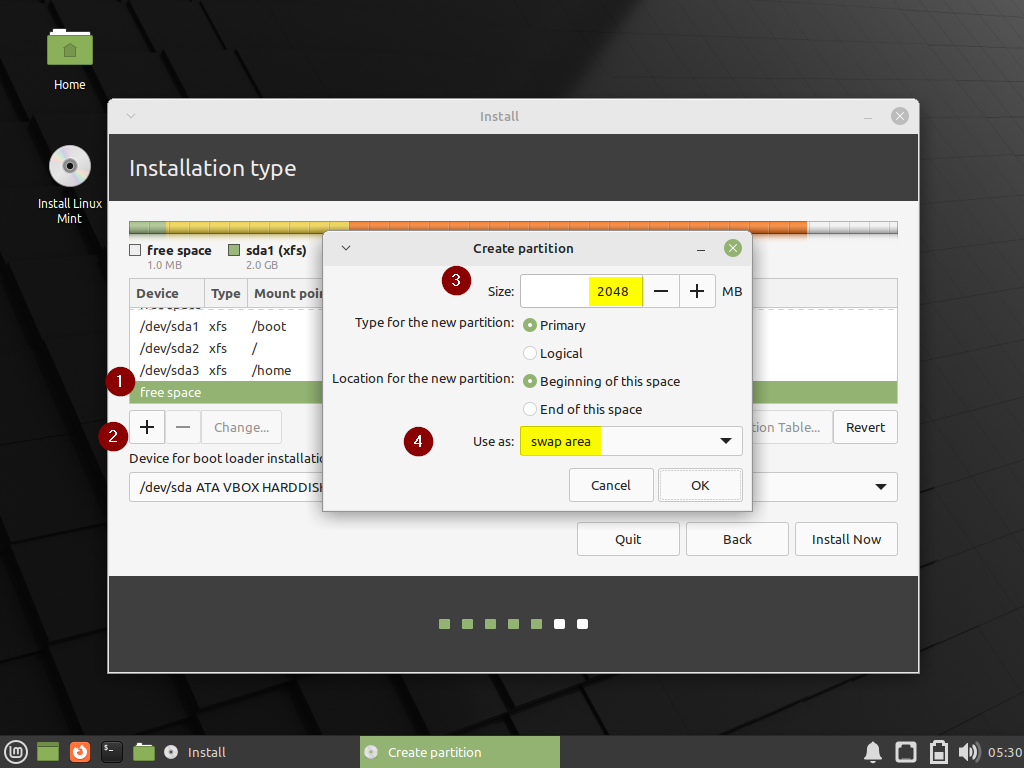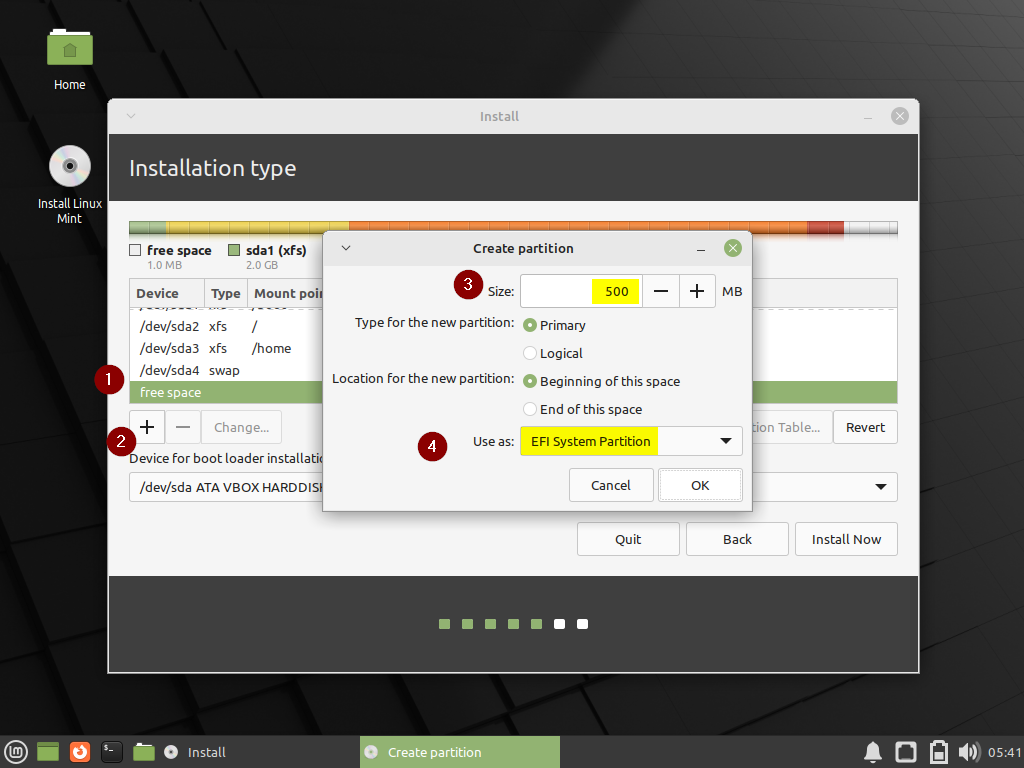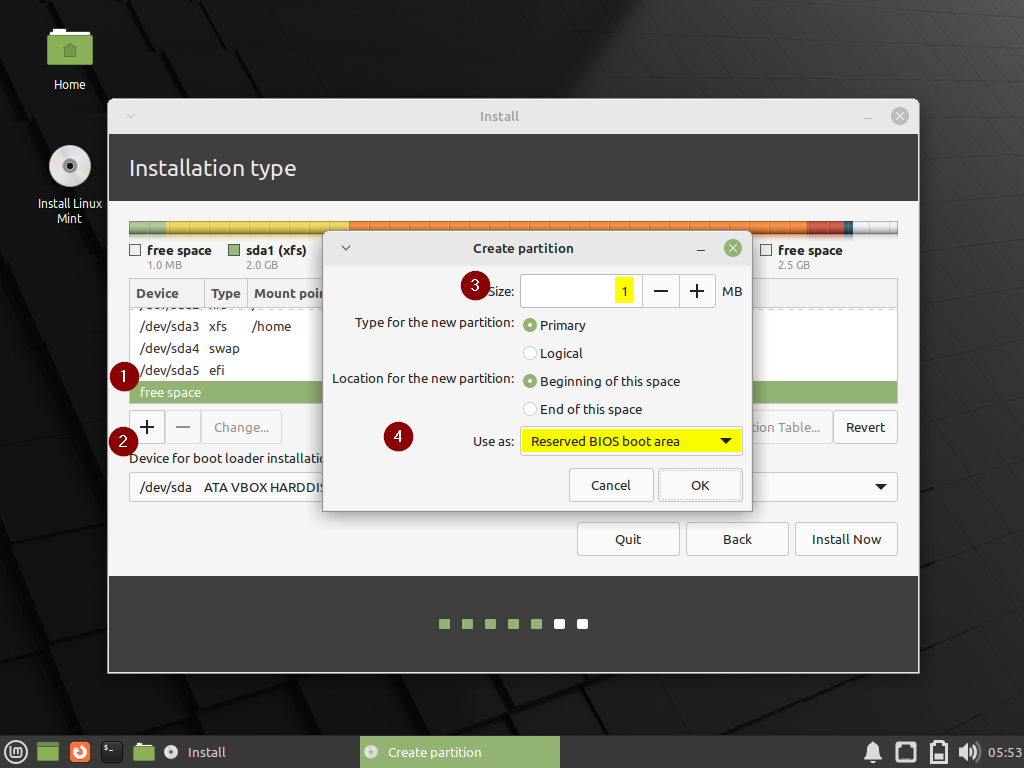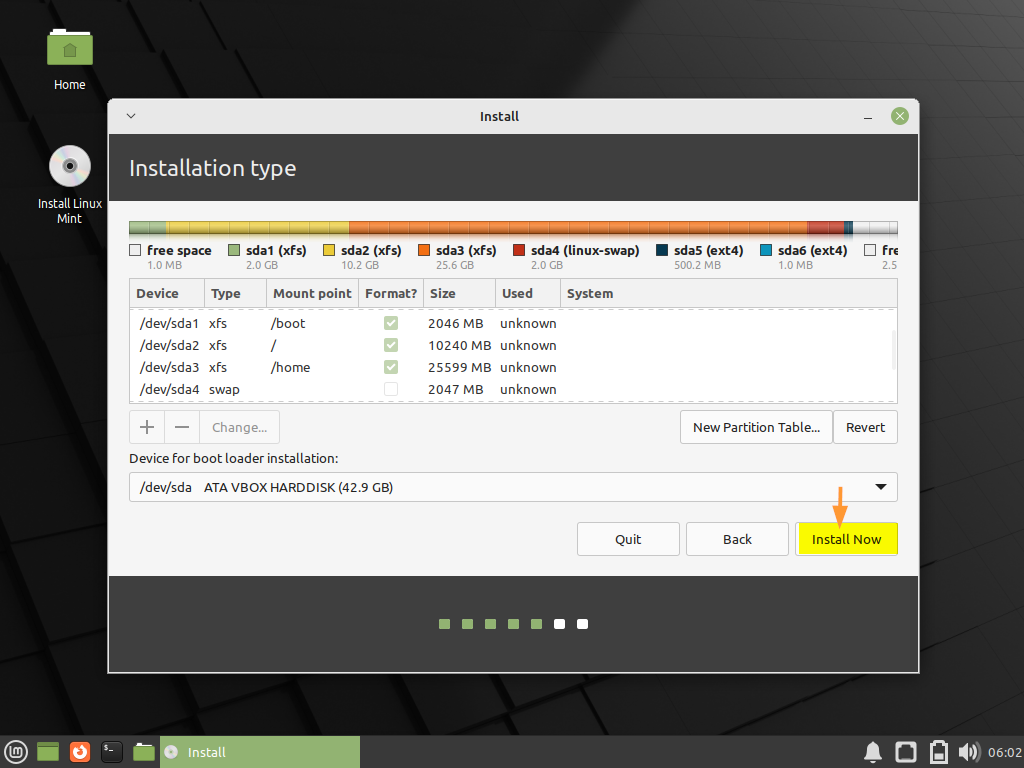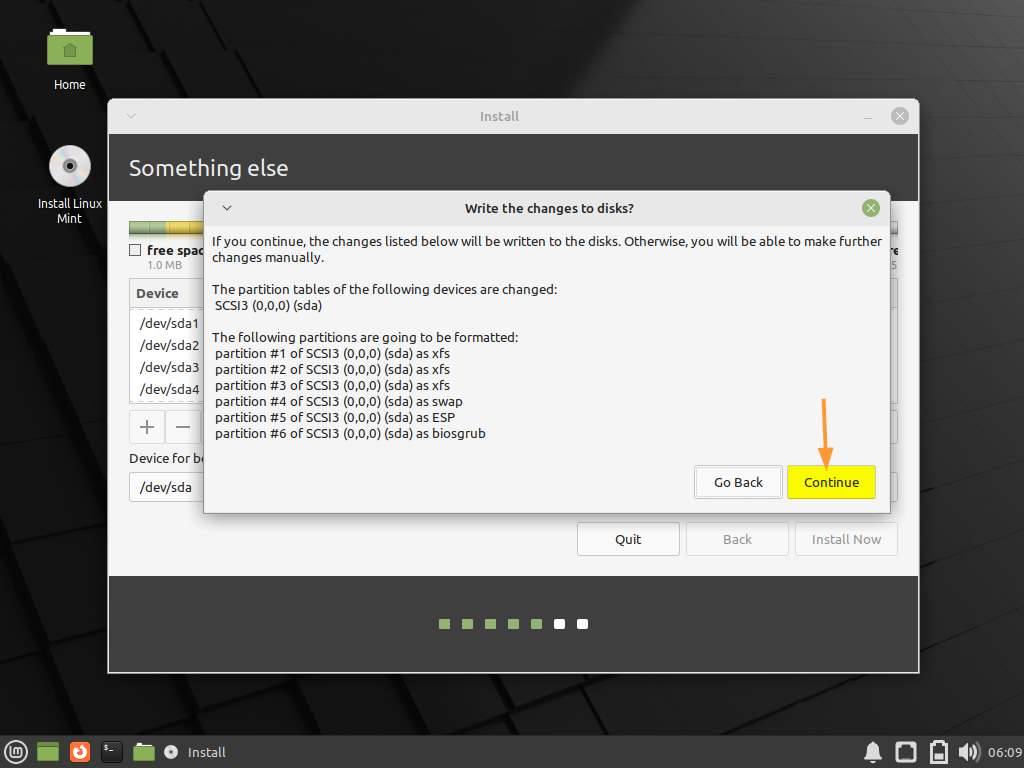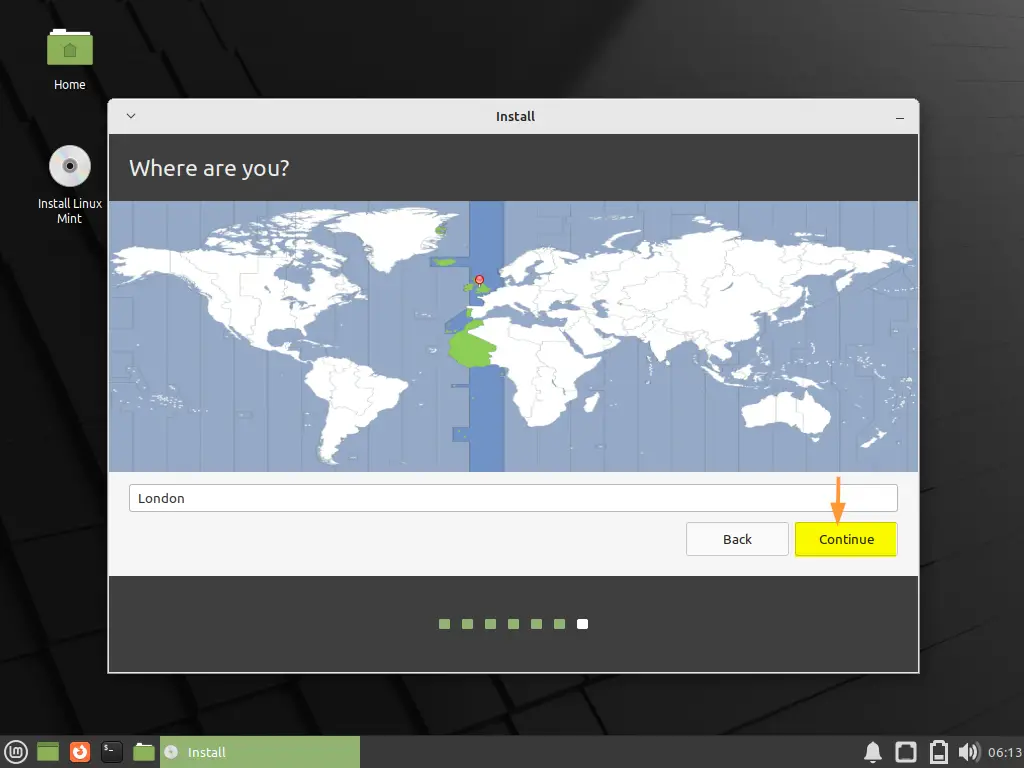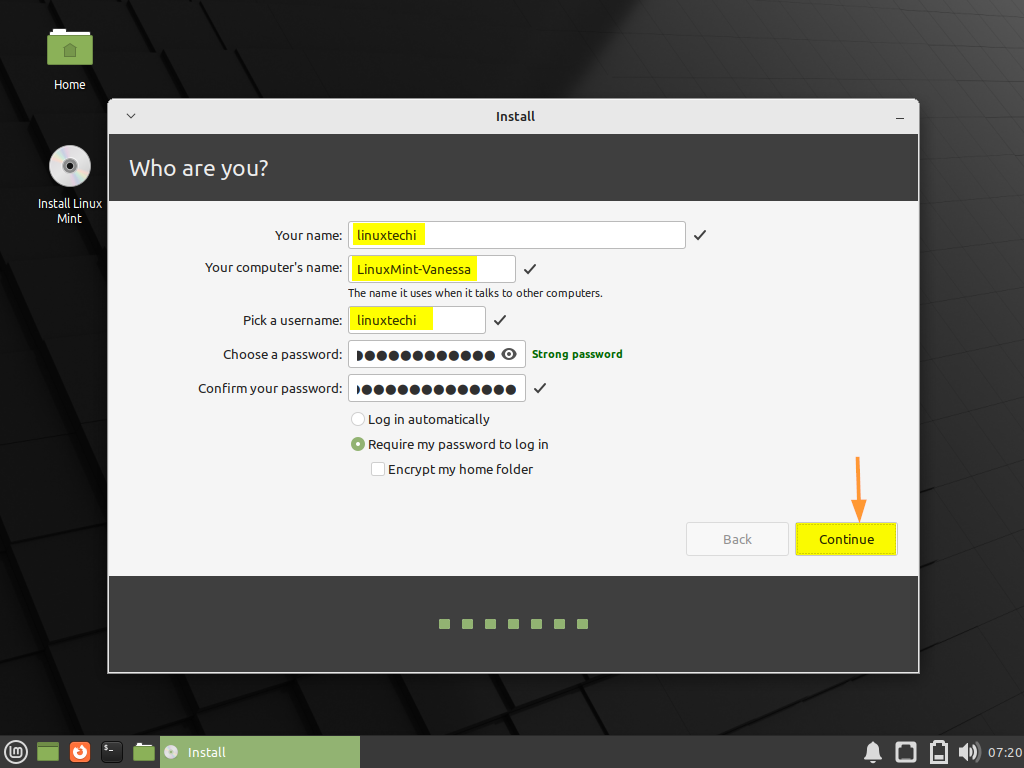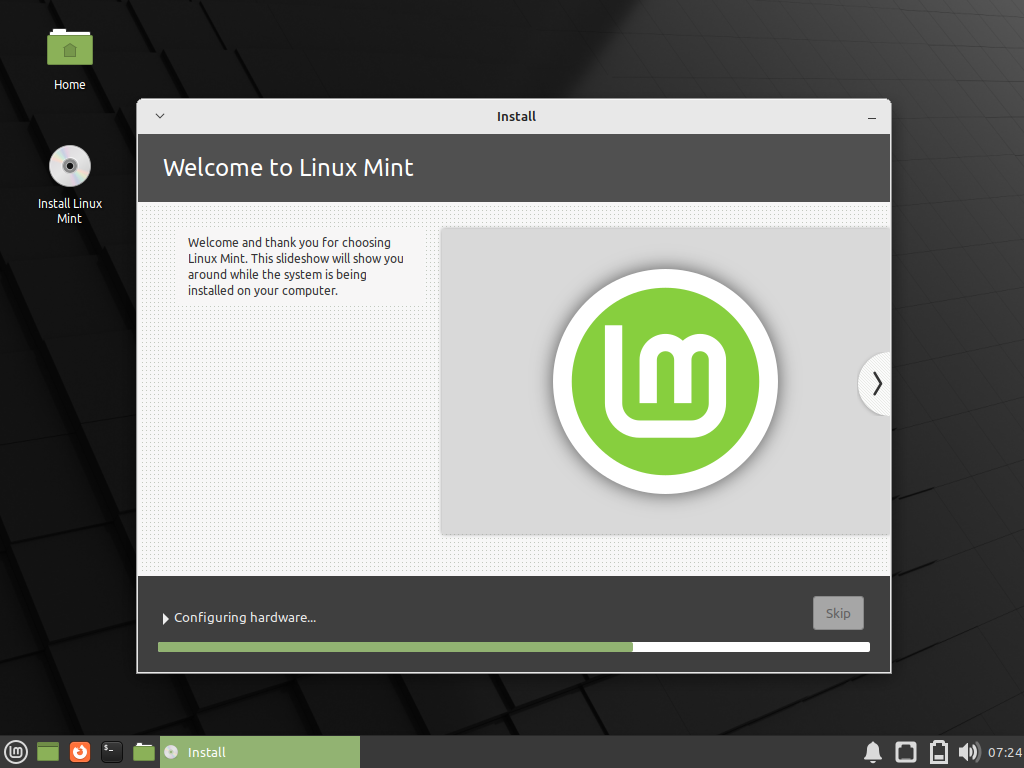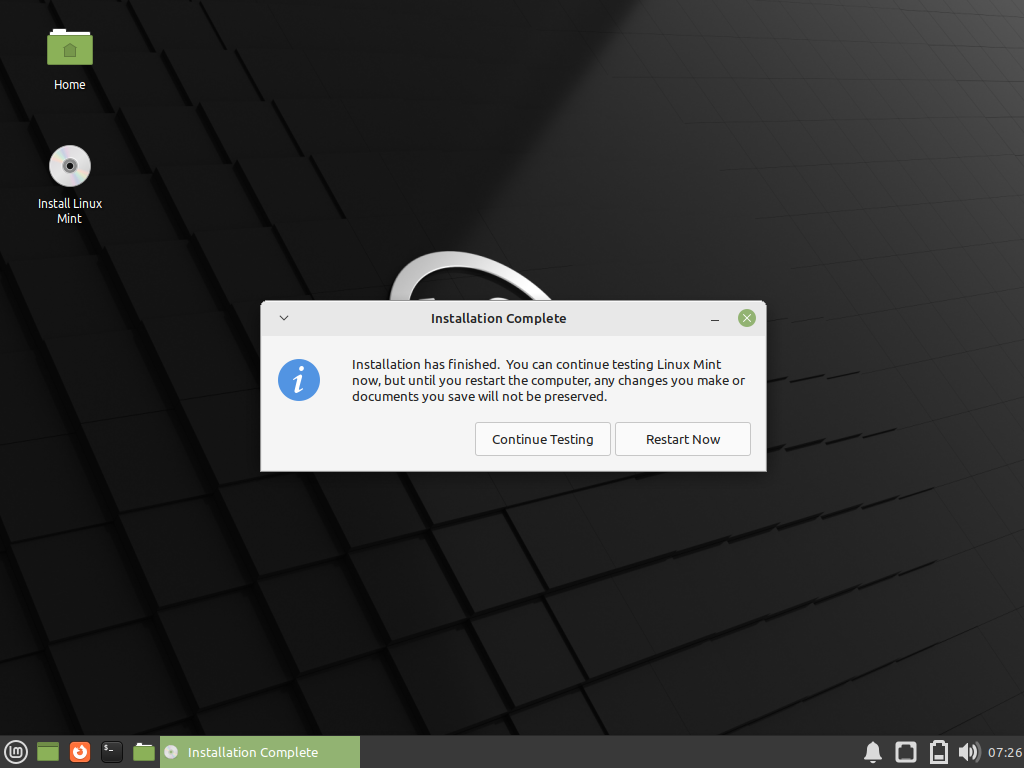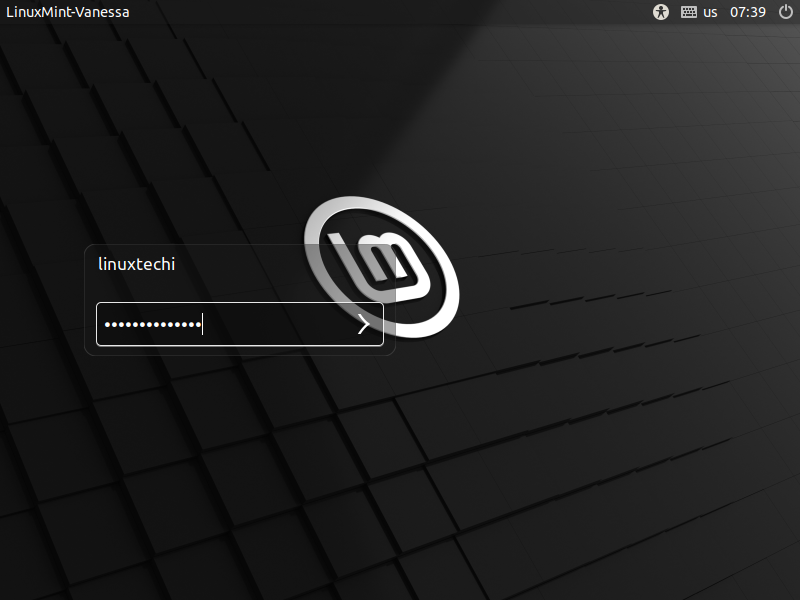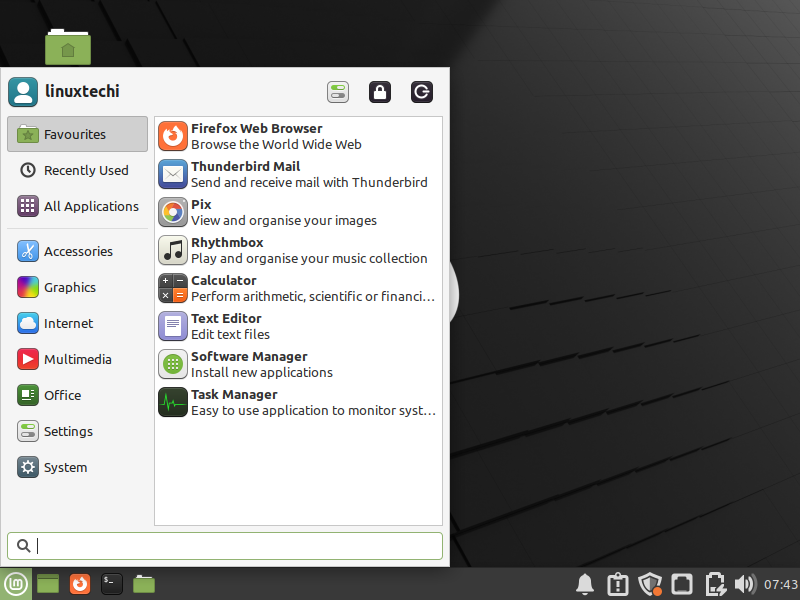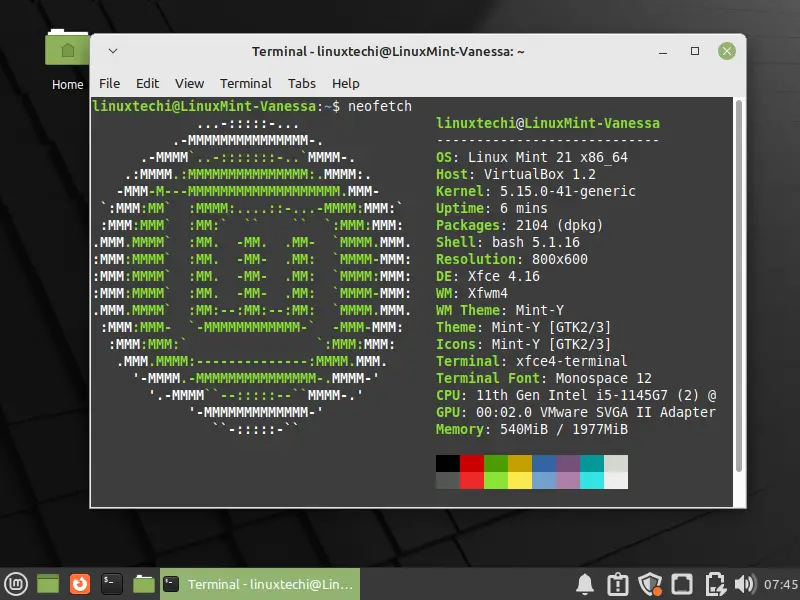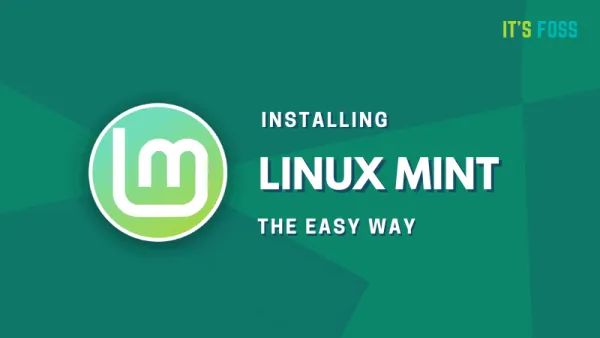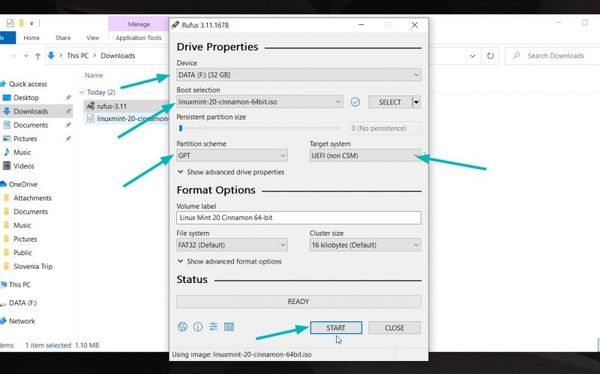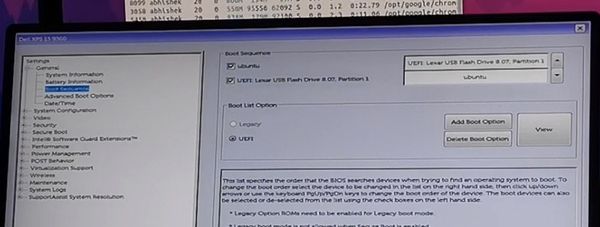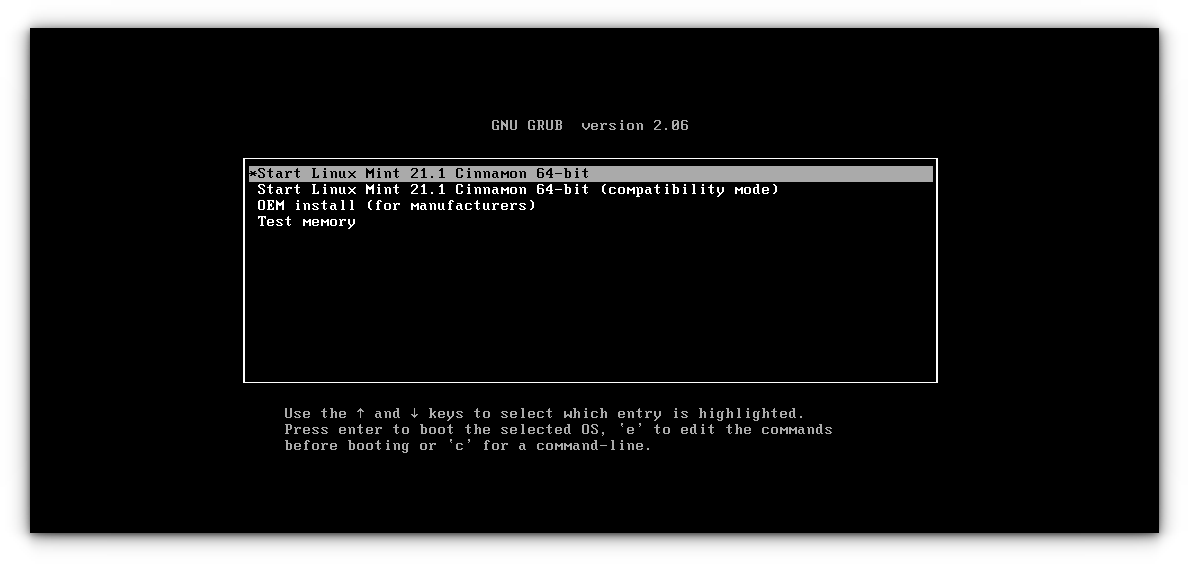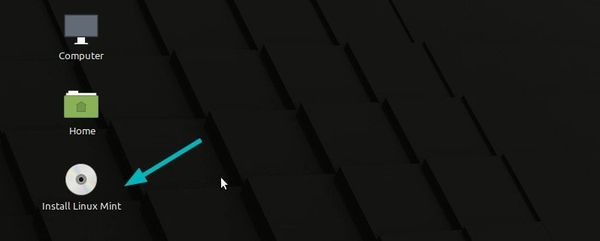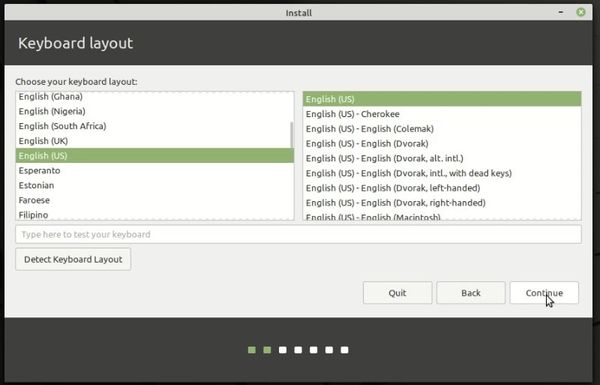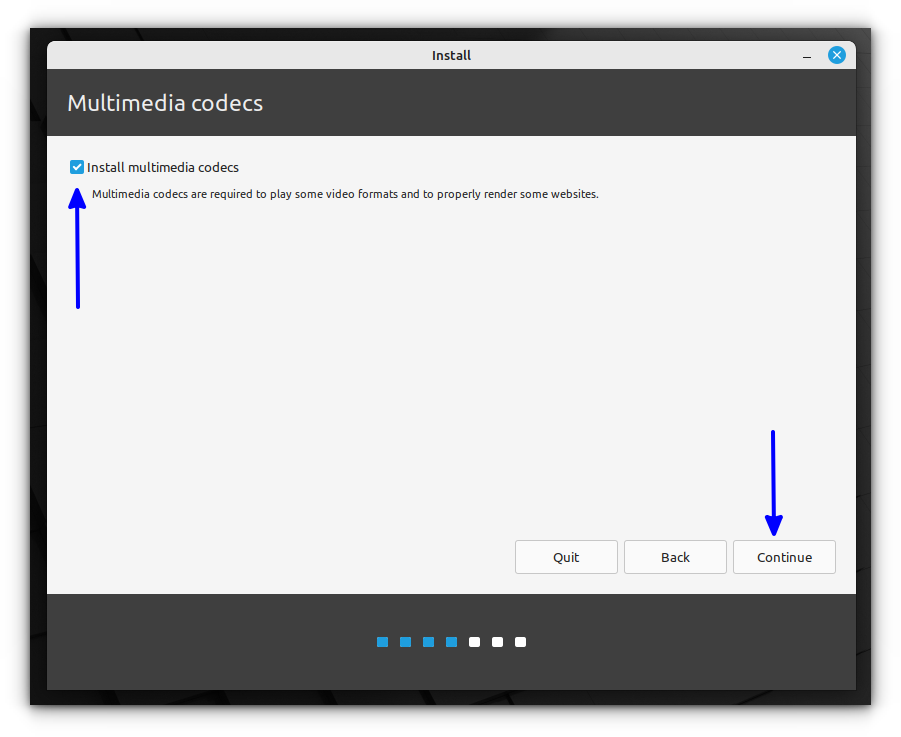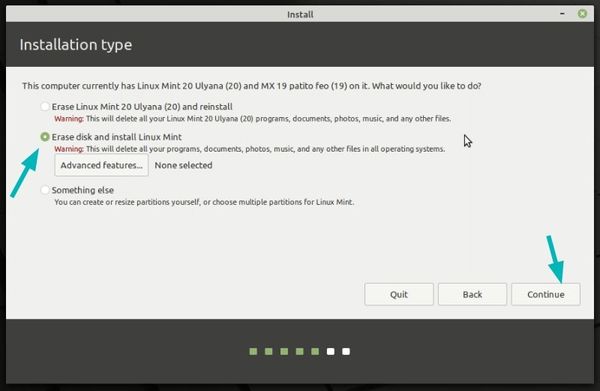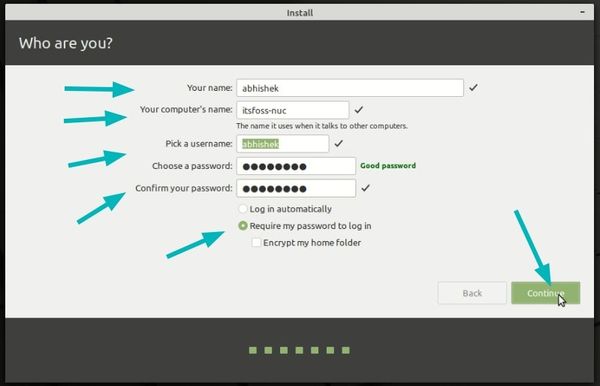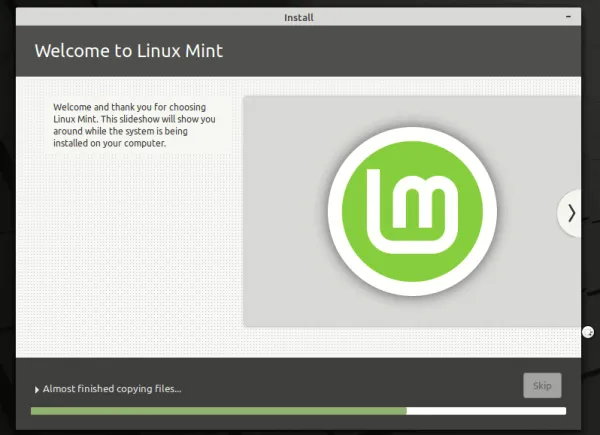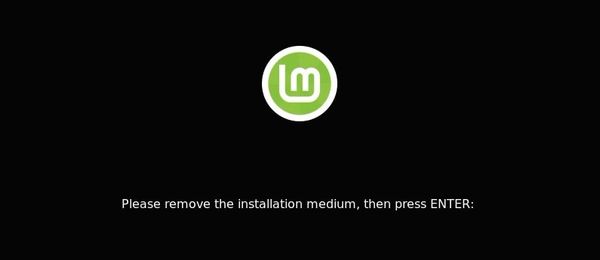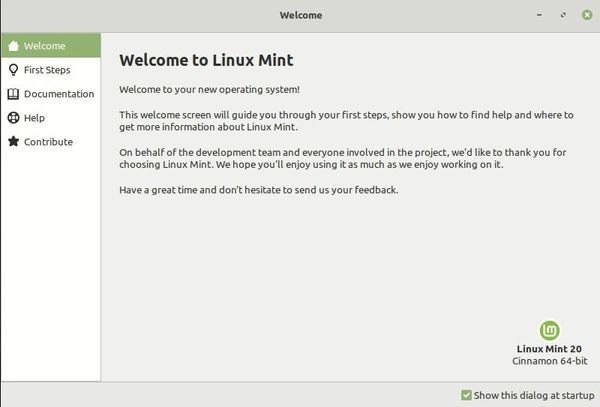- How to Install Linux Mint 21 Xfce Edition Step-by-Step
- Linux Mint 21 Features & Updates
- System Requirements for Linux Mint 21
- Step 1) Download Linux Mint 21 Xfce Edition ISO file
- Step 2) Boot System using Bootable USB Stick
- Step 3) Choose Language for Installation
- Step 4) Select Keyboard Layout
- Step 5) Install Multimedia Codecs
- Step 6) Choose Installation Type
- Step 7) Choose Your Preferred Timezone
- Step 8) Enter Local User Details
- Step 8) Linux Mint 21 Installation Started
- Step 9) Login Screen and Desktop Environment
- How to Install Linux Mint [The Simplest Way Possible]
- Install Linux Mint by replacing Windows or any other operating system
- Step 1: Download Linux Mint ISO
- Step 2: Create a live USB of Linux Mint
- Step 3: Boot from the live Linux Mint USB
- Step 4: Install Linux Mint
- Enjoy Linux Mint
How to Install Linux Mint 21 Xfce Edition Step-by-Step
Are you looking for an easy guide for Linux Mint 21 Installation?
The step-by-step guide on this page will show you how to install Linux Mint 21 Xfce Edition along with screenshots.
The much-awaited Linux Mint 21 operating system has been released, this is a LTS release (Long Term Support) and will get support and updates until 2027. Vanessa is the code name for Linux Mint 21, it is based on Ubuntu 22.04 and comes with three different desktop environments like Cinnamon, Mate and Xfce.
Linux Mint 21 Features & Updates
- New Linux Kernel 5.15
- Introduction of Blueman for connecting Bluetooth devices
- Improved Thumbnails
- Artwork Improvements
- Sticky notes support duplicate notes
- Timeshift is maintained as XApp.
System Requirements for Linux Mint 21
- 2 GB RAM or more
- 20 GB free hard disk space or more
- 64-bit Dual core processor or more
- Bootable Media (USB Stick)
- Internet Connectivity (Optional)
Without any further delay, let’s jump into Linux Mint 21 Xfce Edition installation steps.
Step 1) Download Linux Mint 21 Xfce Edition ISO file
Use the following official web portal to download ISO file.
Once ISO file is downloaded, make a bootable USB stick using the ISO file. On Linux desktop use following to create bootable USB,
On windows system, use Rufus software to make bootable USB using ISO file.
Step 2) Boot System using Bootable USB Stick
Reboot the system on which you want to install Linux Mint 21, change the boot medium from hard disk to USB from it’s bios settings.
When the system boots up with bootable USB stick, we will get following beneath screen.
Select the first option ‘ Start Linux Mint 21 Xfce 64-bit ’ and press enter then we will be presented the following screen,
Double Click on ‘ Install Linux Mint ’
Step 3) Choose Language for Installation
Choose your preferred language and click Continue
Step 4) Select Keyboard Layout
Select the keyboard layout as per your setup and then click on Continue
Step 5) Install Multimedia Codecs
This step is optional if you want to install multimedia codecs and system is connected to internet then click on the checkbox, else you can skip it.
Click on Continue to proceed further
Step 6) Choose Installation Type
On this step, you are required to choose the installation type, basically there are two types,
- Erase disk and Install Linux Mint : In this type, installer will erase all the data on disk and will create partitions automatically for you.
- Something else : Using this, we can create manual partitions as per our need.
In this guide, we will go with something else option and will create following partitions on 40 GB hard disk.
- /boot : 2 GB (xfs file system)
- / : 10 GB (xfs file system)
- /home : 25 GB (xfs file system)
- Swap : 2 GB
Before start creating partitions, first create a partition table,
First click on ‘ New Partition Table ’ and then click Continue
Now start creating first partition as /boot, select the free space and then click on ‘+’ symbol.
Click on OK to finish /boot partition creation.
In the same way, create next two partitions / and /home of 10G and 25G respectively.
Create Swap partition of size 2G
Note : When you are using UEFI mode then you must create following two additional partitions:
- EFI System Partition: 100 – 550 MB
- Reserved BIOS Boot Area: 1 MB (This is used to store bootloader code)
Once you are done with manual partitions then click on ‘ Install Now ’
Click Continue to write changes to disk and to proceed further with installation.
Step 7) Choose Your Preferred Timezone
As per geographical location of your system choose the location and click continue
Step 8) Enter Local User Details
In this step, you are requested to enter local user details along with hostname of your system. So, fill in the details as per requirements,
Click Continue to begin the actual installation.
Step 8) Linux Mint 21 Installation Started
As we can see that Linux Mint 21 installation is started and is in progress,
Once the installation is completed then installer will instruct you to reboot the system.
Note : During the reboot don’t forget to change boot medium from USB to hard disk via bios settings.
Step 9) Login Screen and Desktop Environment
When the system rebooted post installation then we will get following login screen. Use the same user credentials that you have created during the installation.
After entering the credentials, following desktop environment screen will appear,
Open the terminal and run neofetch command to verify the installation.
Great, above output confirms that we have successfully installed Linux Mint 21 Xfce Edition.
That’s all from this guide, kindly post your queries and feedback in below comments section.
How to Install Linux Mint [The Simplest Way Possible]
Linux Mint is the best Linux distribution for beginners. Learn how to install Linux Mint and make it your main and the only operating system.
- Install Linux Mint in VirtualBox in Windows like a regular desktop application.
- Install Linux Mint in dual boot mode with Windows keeping both Windows and Linux Mint on the same computer.
- Replace all other operating systems and install Linux Mint as the only OS on your computer.
In this tutorial, I’ll show you how to install Linux Mint removing other operating systems from your computer.
Install Linux Mint by replacing Windows or any other operating system
I am using Linux Mint Cinnamon edition. However, the steps work for other Mint versions and desktop variants like Xfce and MATE. The screenshot might look a little bit different but the steps remain the same.
Prerequisite:
- A USB of at least 4 GB in size. You may also use a DVD.
- Active internet connection for downloading Linux Mint ISO and live-USB-making tool. Internet is not required for installing Linux Mint.
- This is optional but if you have important data on the system where you are going to install Linux Mint, you should copy the files to an external disk.
Minimum system requirements for Linux Mint 21 default Cinnamon edition:
- Minimum 1 GB RAM (2 GB recommended for comfortable usage).
- Minimum 15 GB of disk space (20 GB recommended).
- Minimum 1024×768 resolution (on lower resolutions, press ALT to drag windows with the mouse if they don’t fit on the screen).
This method of installing Linux Mint formats your entire disk. That means any data present in the system will be wiped out.
For this reason, please save your data on an external USB disk so that you can copy it back after installing Mint.
Step 1: Download Linux Mint ISO
Go to the Linux Mint website and download Linux Mint in ISO format. This file is used for creating the installation USB.
You’ll find three variants:
If you do not know about them, go with the default Cinnamon edition.
Suggested Read 📖
When you click on the download button corresponding to any of the variants, you’ll find various mirror websites and a torrent link to download the ISO file.
If you have a good internet connection for downloading a 2 GB+ file without any issue, use a mirror that is closer to your country of residence (for faster download).
If you do not have a good, consistent internet connection, opt for the torrent version (if you know what torrent is).
Step 2: Create a live USB of Linux Mint
Now that you have downloaded the ISO, it is time for creating a live USB of Linux Mint.
You’ll need dedicated software that creates a live USB. There are several such tools available for free. You can use Etcher which is available on Windows, Linux and macOS.
If you are using Windows, you can also use Rufus. In the example here, I have used Rufus.
Suggested Read 📖
Download Rufus and run the .exe file and you’ll see a screen like the below image.
You select the ISO. You may confuse about the partitioning scheme. Almost all the computers in the last 7 years or so use the GPT partitioning scheme. Older computers may use MBR partitioning. You should check which partitioning scheme your system uses to be sure.
If you choose the incorrect partitioning scheme, you may not be able to install Linux Mint. In that case, come back to this step and recreate the USB by choosing the other partitioning scheme.
Step 3: Boot from the live Linux Mint USB
Once you have successfully created the Linux Mint USB, it is time to use it for installing the awesome Linux Mint.
Plug in the live USB of Linux Mint and restart your system. At the boot screen when you see the logo of your computer manufacturer, press F2 or F10 or F12 to enter the BIOS settings.
Here, you should make sure that booting for USB or removable media is at the top of the boot order.
This screen may look different for different manufacturers. You’ll have to find this setting on your own or search the internet.
Make the changes, save and exit.
Step 4: Install Linux Mint
Now you should boot into the live Linux Mint environment. You’ll see a screen like this that gives you a couple of options. Go with the first option.
In a few seconds, you’ll be inside the Linux Mint live environment. It may take more time if you have USB 2.
You’ll see a “Install Linux Mint” icon on the desktop. Click on it to start the installation procedure.
It will ask you to choose some basic configurations like language and keyboard layout. Choose the most appropriate ones for your system.
The next screen will ask you about installing multimedia codecs. If you want to install those during installation, check the corresponding box. Keep in mind that, this requires an active internet connection.
Avoid connecting to the internet during installation (Older Linux Mint Media like Linux Mint 20)
I strongly advise NOT connecting to the internet while installing Linux Mint 20. This way the installation is quicker as it does not try downloading updates while installing.
Not connecting to the internet may also save you a few unpleasant surprises. I encountered a “‘grub-efi-amd64-signed’ package failed to install into /target” error and my installation failed. I plugged out the live USB and tried installing it again without connecting to the internet and the error didn’t appear this time.
The next screen is the most important part of the Linux Mint installation. You are going to format the entire hard disk and install Linux Mint. Linux Mint will be the only operating system on your computer.
Again, this means that you’ll lose all the data on the disk. Please copy important files to an external disk.
In this method, Linux Mint handles everything on its own. It creates an ESP partition for the EFI boot manager of about 500 MB and the rest of the disk is allocated to the root partition. The root consists of a swapfile for swap usage and your home directory. This is the easiest setup with no extra effort.
You’ll be warned that the disk will be formatted. Hit continue and you’ll have to select the timezone in the next. You may change it later as well.
After that, you’ll face a screen that asks you to set your username and password. Use an easy-to-remember password because you’ll have to use it all the time.
Things are pretty straightforward from here. You just have to wait for like 5-10 minutes for the installation to complete.
Once the installation finishes, it will ask you to restart the system. Restart it.
When the system turns off, it also asks you to remove the live USB and press enter.
Well, that’s it. You’ll now boot into Linux Mint. Enter the password you had created earlier and you’ll enter Linux Mint to see a welcome screen like this:
Enjoy Linux Mint
Since you just installed it, do read our recommendation of things to do after installing Linux Mint.
I hope this tutorial helped you in installing Linux Mint easily.
Now you know how to install Linux Mint. What about applying themes to the newly installed system?
Know more about the release cycle followed by Linux Mint.
If you face any issues or difficulties or if you have any confusion, feel free to leave a comment below.
